
Top photo by Robert Schryer, all others by Alain Gascon.
Getting to Alain’s listening room required walking across his living room under a vaulted V-shaped ceiling and up a flight of stairs on the left. Up there was an alcove with a ceiling that sloped like an awning over his main sound system (Alain has two other systems in different areas of his apartment). The system was placed up against a wall flanked by two sidewalls but there was no facing wall. The alcove was an open-air concept, with a view over a short wall into the vaulted living room we had just walked through.
I knew Alain through a friend, and because he’s very active in the Facebook audio group scene in Quebec. He’s passionate about audio, but more so about music. For Alain, it’s always really been about the music. “I started liking audio in my teens,” he said as we settled into our seats in his alcove listening room. “I was buying 45-rpm records and playing them on our little family stereo in the living room. But I didn’t like its sound. Nobody else seemed to mind, but I would pester my dad by going up to him with the latest Sears or Radio Shack catalogue and, pointing at the stereos in them, say, ‘This! Buy this!” (Alain later told me his dad was once a drummer in a big band and, now in his 80s, still plays the drums! – Rob S.)
Did his catalogue tactic work?
“Eventually one Christmas he put a new system under the tree. It was only a bit better, but I was happy, for a while. I think my appreciation for sound quality and my love of music went hand in hand.”
What was his first “real” audio product?
“I bought two of them, together—this was in the ’80s—a Harman Kardon HK 6900 integrated amplifier with a pair of Paradigm Studio Monitors. I tired quickly of their sound. Plus I got bitten by the audio bug. I was reading the audio magazines and always curious about the new gear they were talking about, especially raving about.
“The first time I fell in love with a piece of equipment I owned was when I discovered Victor Sima and his company Sima (now Simaudio). I bought both his W-2003 amplifier and W-2001 preamp. They sounded so good and they were artisanal—handmade by Mr. Sima at his home. There was a cachet and a seriousness to those products that those built on an assembly line didn’t have.”
What did he like best about the audio hobby?
“The emotional connection I get from listening to good music well reproduced. Music that touches you marks a period in your life—that’s why you often associate a particular piece of music with a period in your life. Music makes you travel. It’s a time machine, but not just to the performance, but back into your own life. It’s magical.”
When I asked if there was a component he regrets having sold, he seems to be thinking back long and hard, squinting deep into the recesses of his mind, shaking his head while uttering denials in the form of ‘like, no…. no…. When I sold something it was because I had enough of it, it wasn’t satisfying me anymore’. This went on for a solid minute when his head snapped back and his eyes were wide and he said, “Actually, there is one! My Classé DR-7 amplifier, designed by the company founder, Dave Reich. After I’d sold it, I remember thinking I should’ve kept it and built another system around it. But you know,” he said with a chuckle. “There’s only so much gear you can keep.”
Had his audiophile habits changed in some way since the early days?
“I seem to have less time to listen to music nowadays,” he said. “So when I do I try to reserve a block of time when I can sit down with the album cover and just listen to a whole album or side uninterrupted. I wasn’t necessarily doing that when I was young.”
How about advice for someone getting into the hobby?
“Don’t be afraid to make mistakes,” he said. “We always make mistakes in this hobby, because it involves a lot of trial and error.
“Also, evaluate your needs,” he continued. “Do you want to stream, listen to vinyl? What kind of music do you like? How loud do you like to listen? How big is your room?”
He added: “And don’t spend too much at first. Learn about yourself and gain experience first. There’s a lot of great gear out there that doesn’t require you to go broke.”
Do audiophile cables make a difference?
“They do, but I’ve tried many models and it wasn’t necessarily those that cost the most that I preferred. A difference in sound isn’t always something you’ll prefer or that works best with your system.”

Alain enjoys his system very much but he concedes that a system is a little like a house—there’s always something to fix on it.
What Alain feels no compulsion to fix at this juncture is the core of his system. That includes his Totem Acoustic Wind speakers and McIntosh electronics. Alain’s been a fan of Totem speakers for over 30 years, ever since he owned a pair of the company’s inaugural product, the audio landscape-shifting bookshelf Model 1. That was followed by a long-term relationship with the company’s Arro model that persists today in one of Alain’s other systems, and finally the Wind model. “As soon as I saw them, I knew one day I’d own a pair,” he told me. “I fell in love with their looks and sound.” He bought a pair in the blue sky finish 10 years ago and hasn’t looked back.

The decision to partner the Winds with McIntosh gear was based on a couple of factors: One, it was practical, because the store he bought the Winds from also carried McIntosh, so Alain was able to audition the components together before he bought them. He told me he loved the pairing of Totem and McIntosh, both in terms of functional compatibility and overall musicality (not to mention McIntosh’s signature big, blue-glowing VU meters match well with the speakers’ blue finish). More importantly, the Winds need grunt to get them going, and in that regard, the two 600-watt McIntosh MC611 solid state monoblock amps he bought more than deliver.
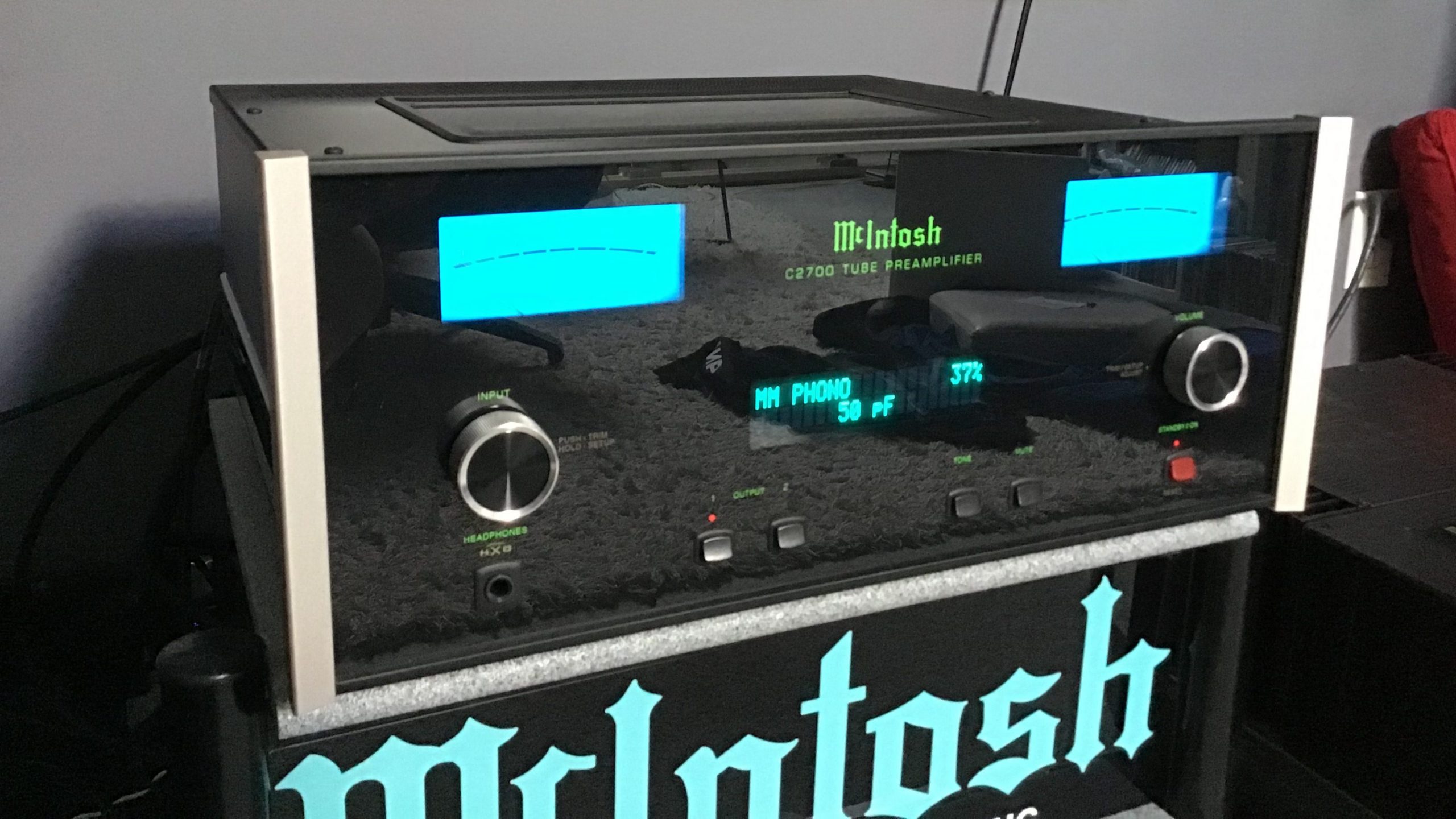
Perhaps the biggest reason why Alain bought McIntosh equipment was to fulfill a lifelong dream. McIntosh was a brand Alain always coveted—a name as storied and iconically American as Harley Davidson and Ford Mustang.

Wanting enough power to drive his Winds but unwilling to forfeit the rich tonal character of tube sound, Alain matched his monos with McIntosh’s tube C2700 preamp. The C2700 employs 5 x 12AX7A and 1 x 12AT7 tubes and is also adorned with VU meters. The unit came equipped with the DA2 32-bit DAC module, which supports up to 24-bit/192kHz PCM and up to DSD512. An original Shanling CD-T1000SE tube transport (the model is now available in Mkll version) and a Bluesound Vault 2 CD-ripper complete his digital front-end.

Alain’s heart, however, belongs obviously—obviously because it’s what he talks about most and when he does you can hear his reverence for it in his voice—to vinyl records and vinyl playback. For that, he uses the C2700’s internal MM / MC phono module, connected to Pro-Ject’s estwhile flagship 10.1 Evolution turntable with its outboard AC motor, and fitted with a moving magnet Ortofon 2M Bronze cartridge. The Bronze is one of his favourite cartridges, he told me, for sounding “well-balanced and delivering a lot of detail without sounding analytical.” He conceded the C2700 preamplifier—a world-class preamp, he called it—likely plays a big part in the superlative sound. Completing the audio setup were signal cables by the now defunct Bis Audio and power cables by Zu Audio.
No streamer?
“I don’t feel the need yet to have one,” he said. “Maybe when I retire.”
What did he like about his system’s sound?
“It connects me to the music. It sounds balanced. I’m not very much into the technical sound aspects of the sound, but the system does offer an open, well-sorted soundstage and plenty of detail.”
I agree. On his LP of the Zombie movie soundtrack (1979)—Alain loves movie soundtracks—it’s also what I heard: a spacious, transparent, and intimately enveloping soundstage with precise but not too-sharp imaging. There were bundles of detail and a good sense of bass energy and rhythmic propulsion. The speakers disappeared sonically, leaving just the music.
Was there a tweak or two that he tried that made a big difference to his sound?
“Getting the speakers positioned just right. It’s maybe the most overlooked tweak but it matters so much. Also, placing absorption panels behind the speakers. They improved the bass, clarity, and detail, and made the soundstage more coherent. And they didn’t cost a lot of money.”
Any upcoming upgrade plans?
“Next thing I want to do is install a dedicated line,” he said, to which I blurted out excitedly: “You haven’t done that yet?” I urge everyone to do this; it’s an inexpensive upgrade that yields obvious results. Removing electrical detritus and power fluctuations from the AC line that feeds your components—having an AC line attached only to your system and not your fridge, or water cooler, or TV—can only be a good thing.
“I also want to upgrade my Belkin Pure AV power conditioner and CD transport,” he said.
Final words to PMA readers?
“Don’t lose sight of what’s most important,” he said. “The music. A lot of people I’ve met know all about models, specs, measurements, but you can’t talk about music with them. They don’t know music. Audio is made to connect us to the music. That’s my most important piece of advice—don’t lose sight of the music.”
Price list in CA$:
- Totem Acoustic Wind: $19,000 / pair
- McIntosh MC611 monoblock: $21,000 / pair
- McIntosh MC2700 preamplifier with DAC and MM/MC phono stage: $11,900
- Ortofon 2M Bronze cartridge: $674
- Bluesound Vault 2: $1699
- Shanling CD-T1000SE transport: approx. $2000 when last available. Since replaced by a Mkll version.
- Pro-Ject 10.1 Evolution: approx. $4000$ when last available (external AC motor: approx. 700$). Since discontinued and replaced by the RPM 10 Carbon model.
If you have a system you’d like to talk about in our “No, I have the best system in the world!” series, let us know by dropping us a line here.
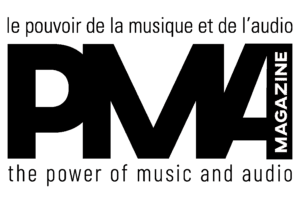
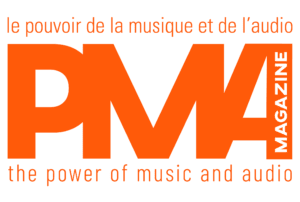
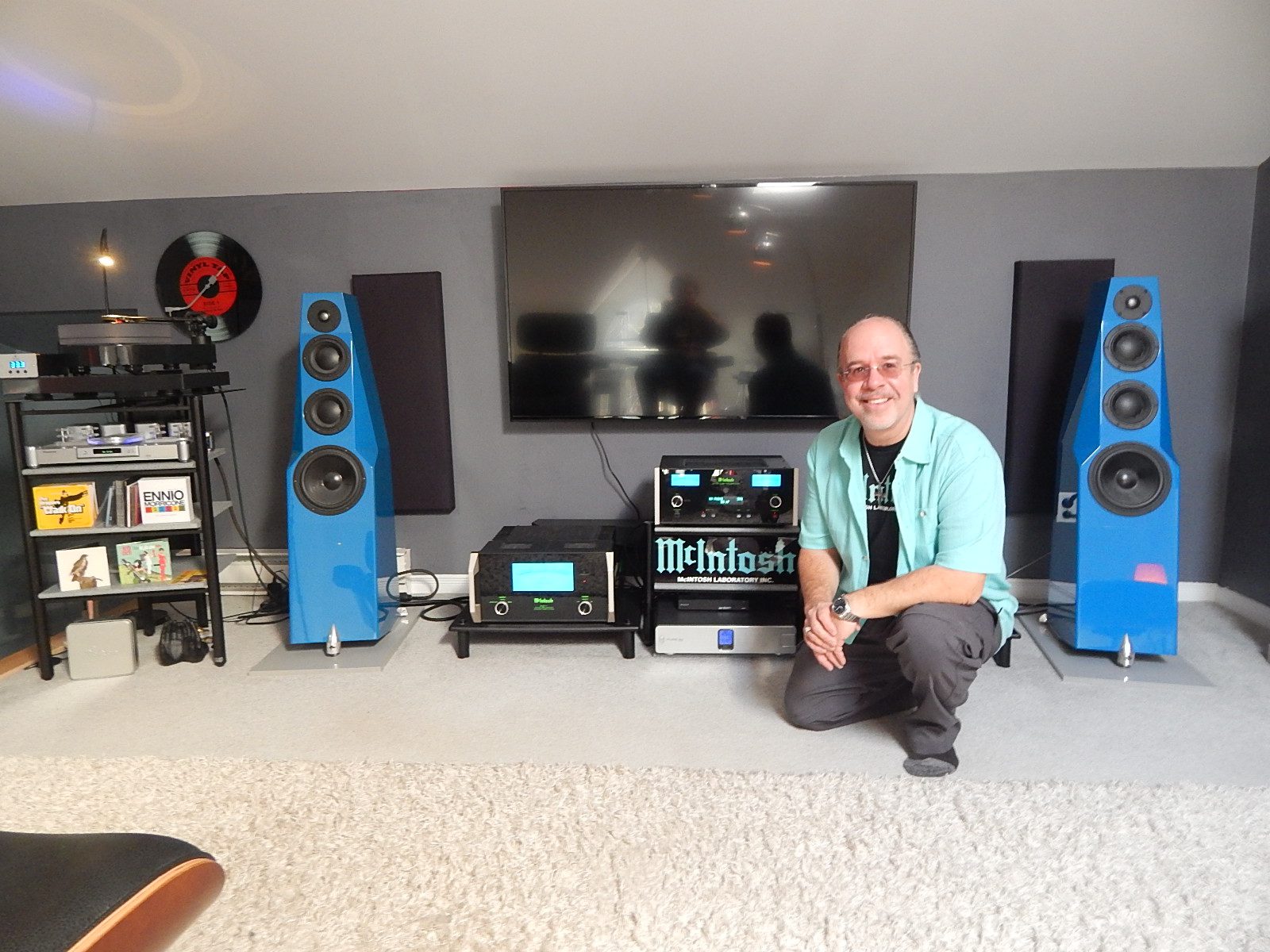

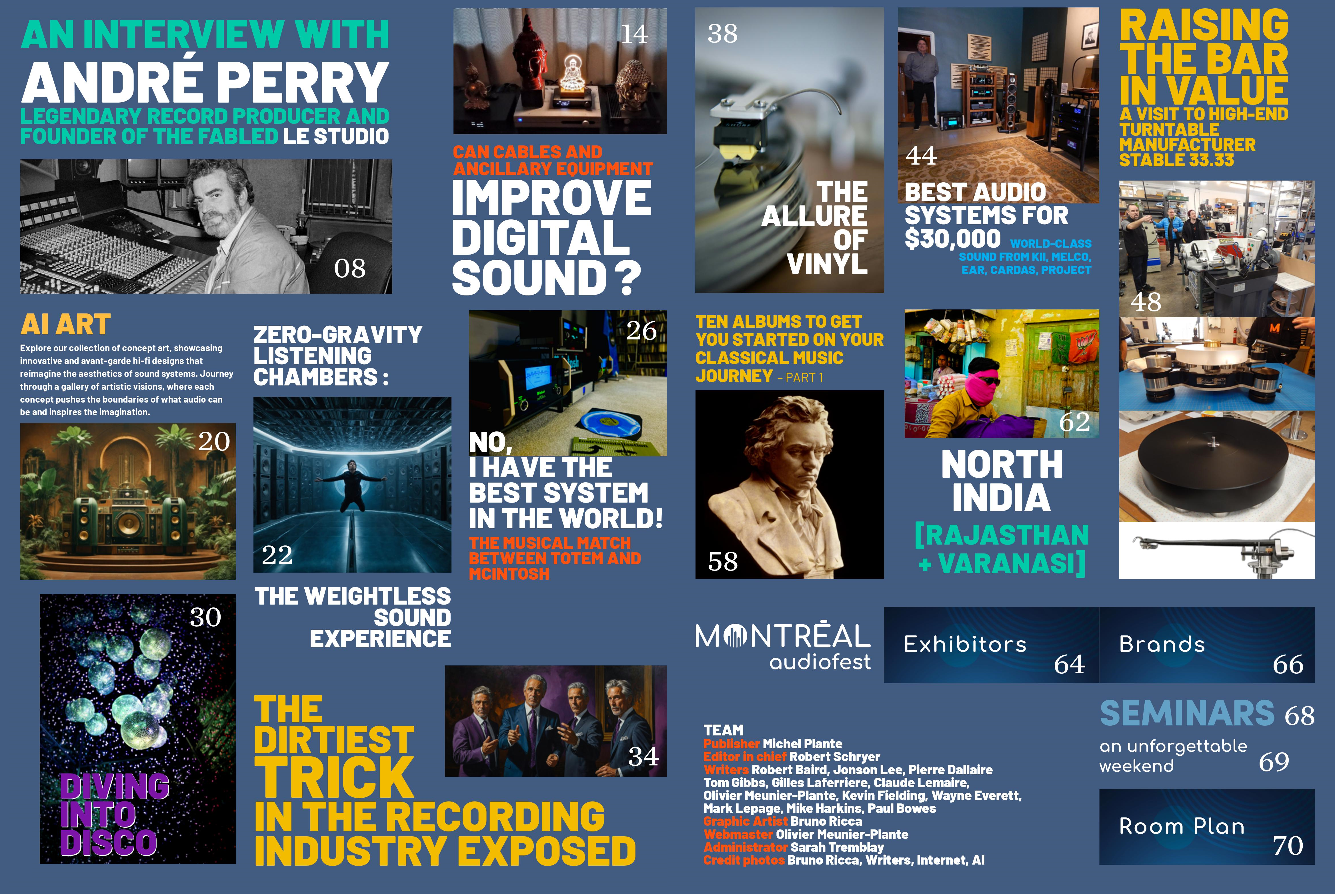
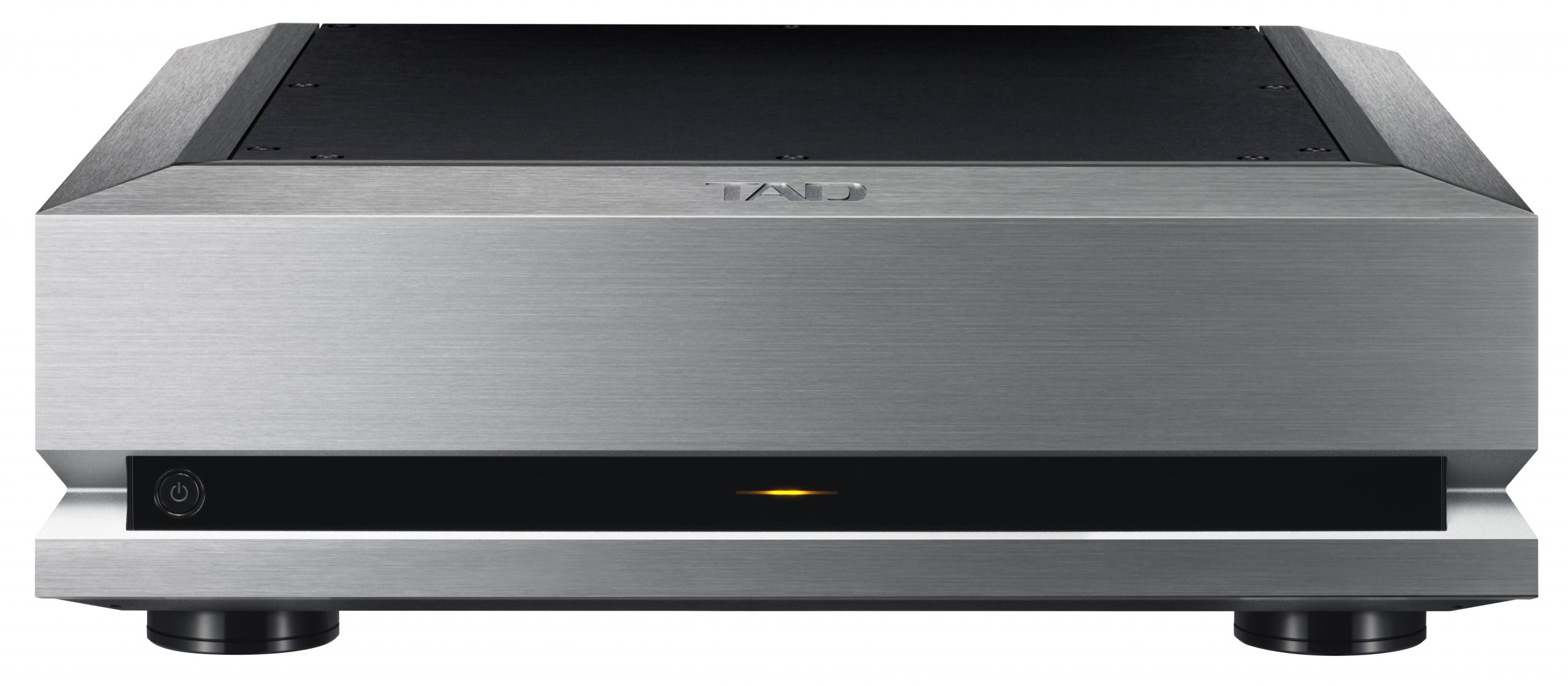

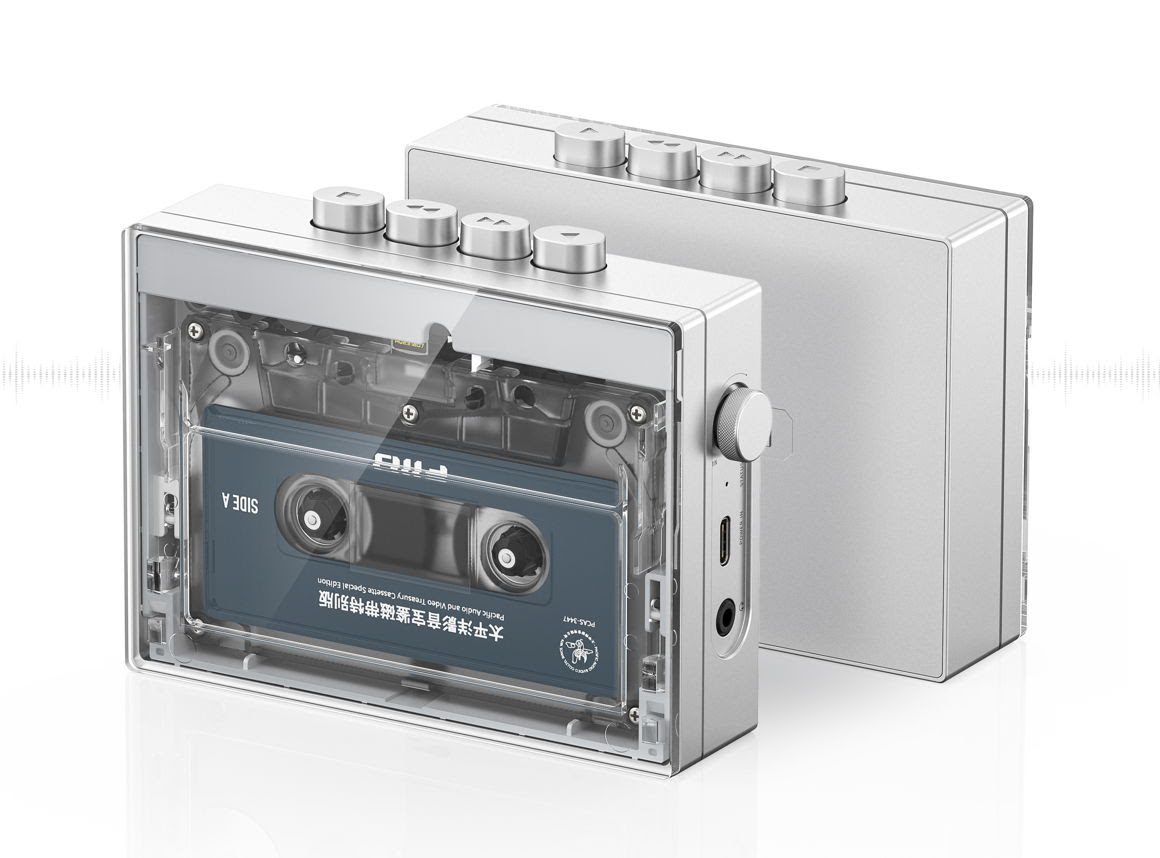
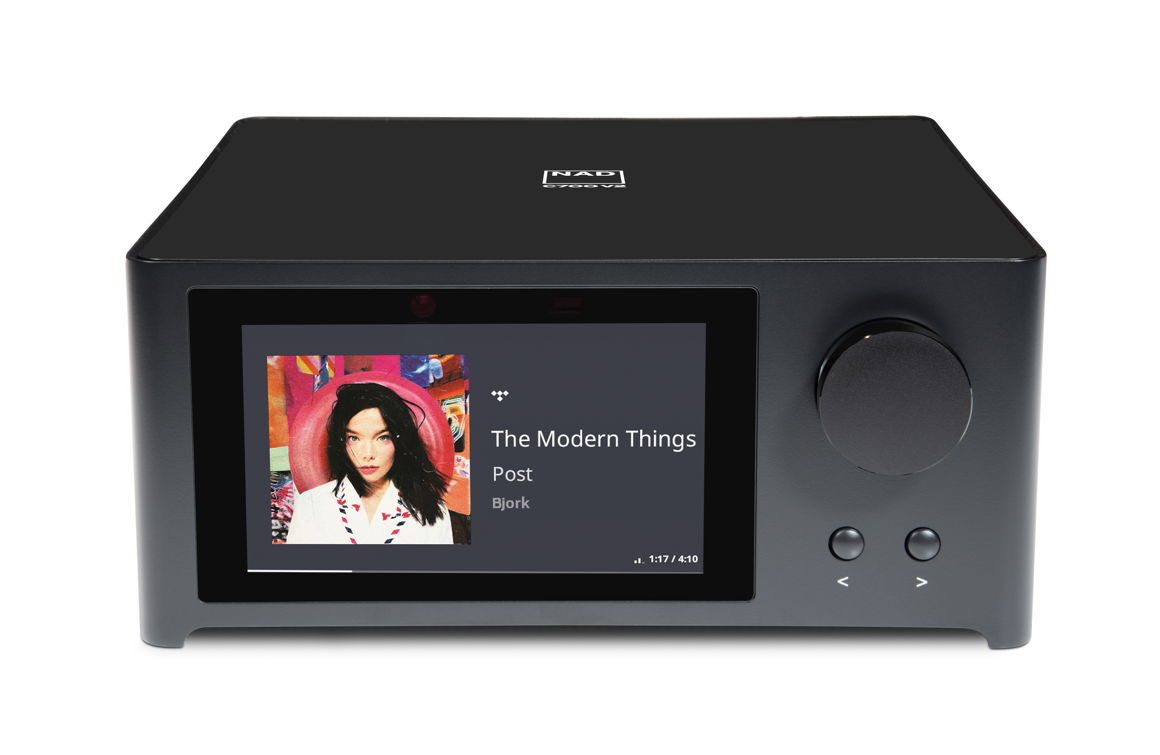
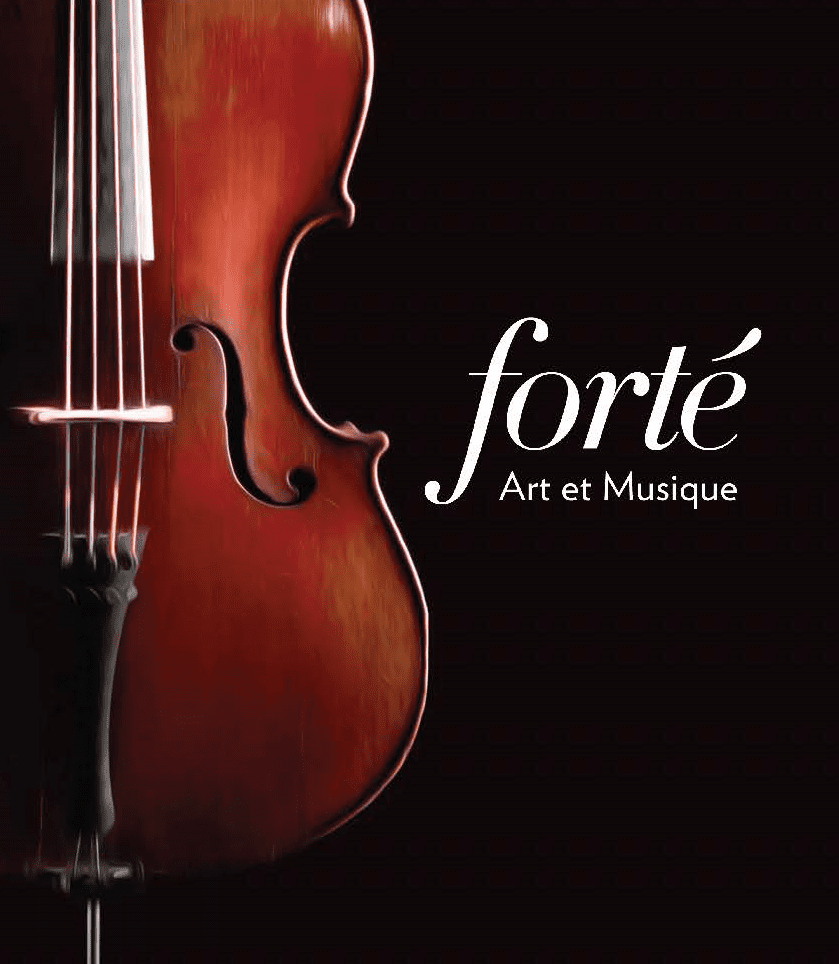


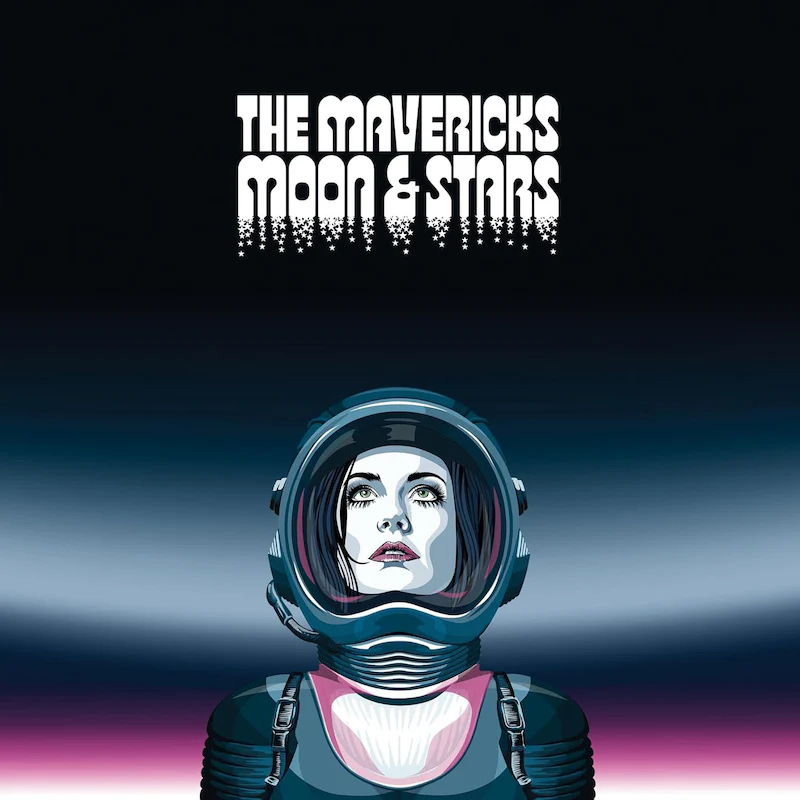
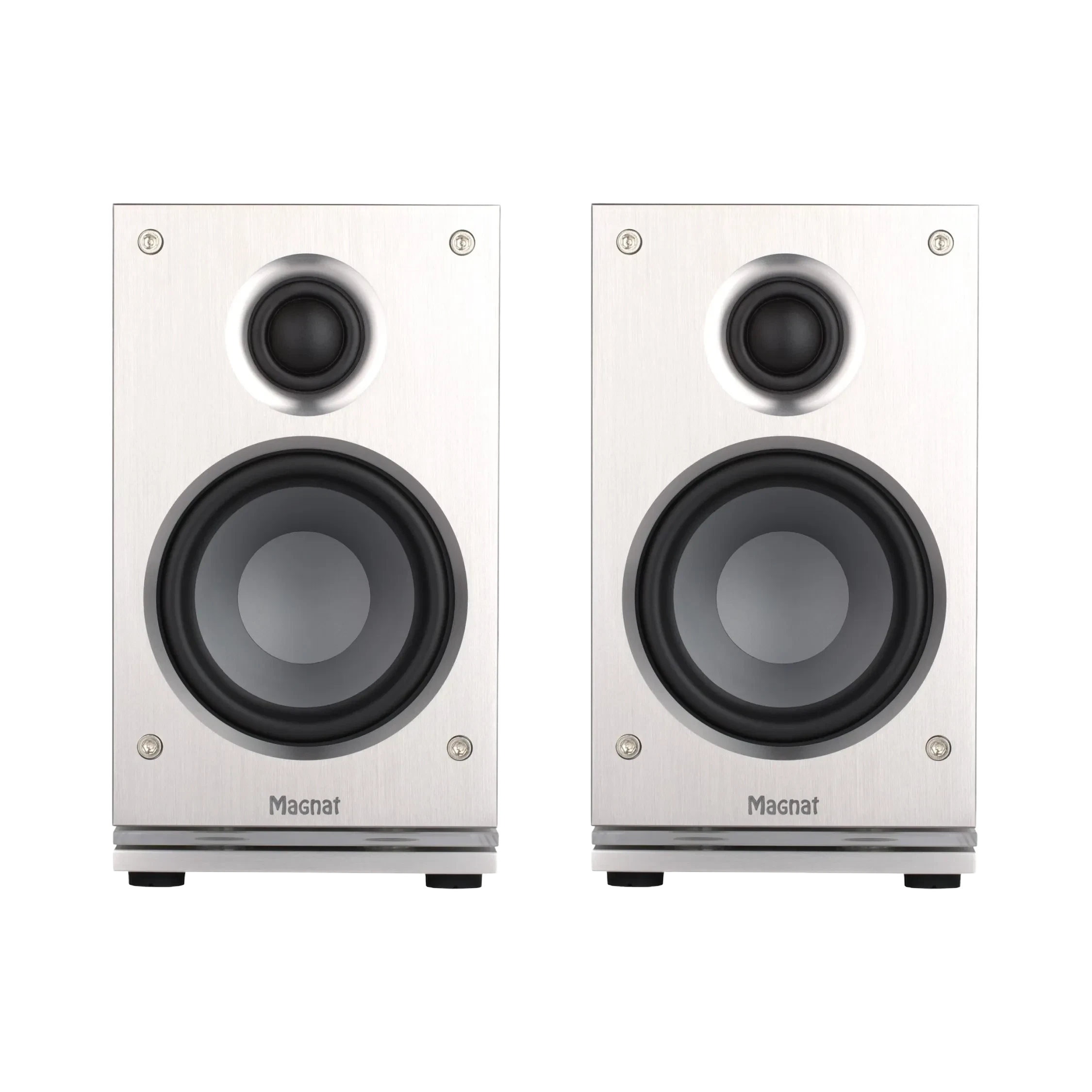
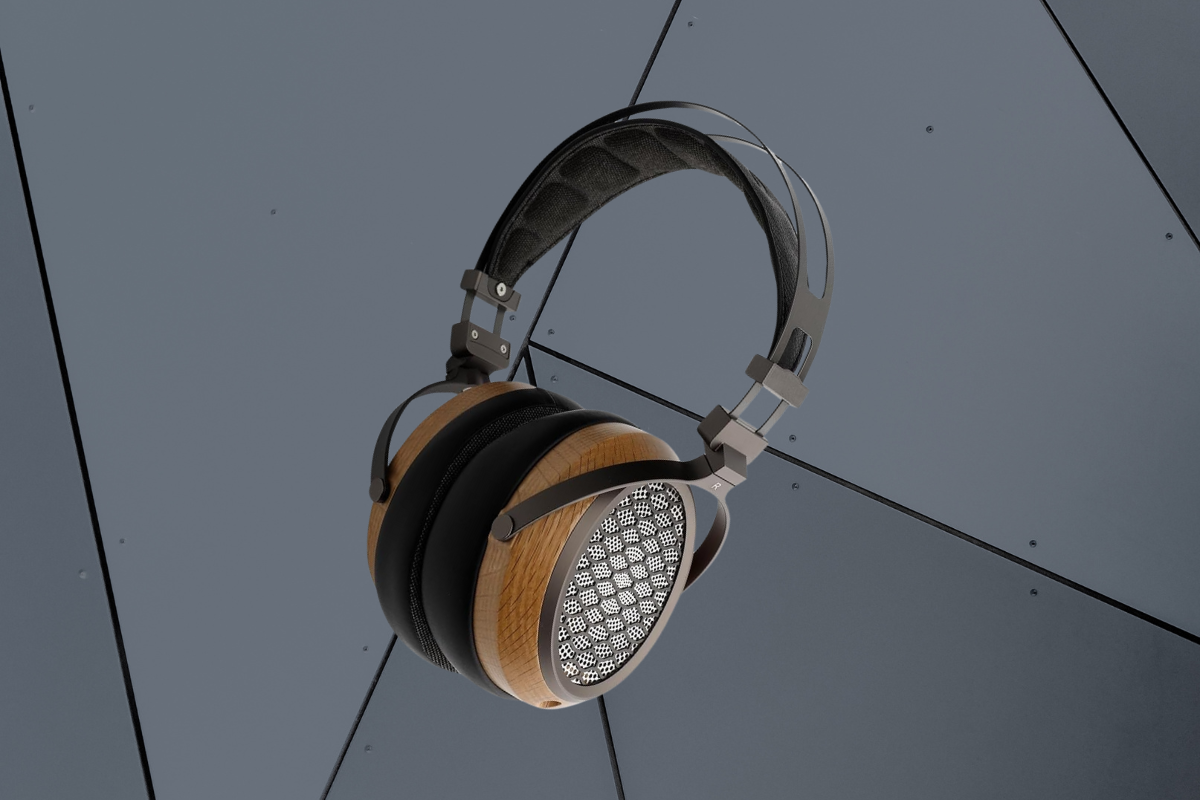
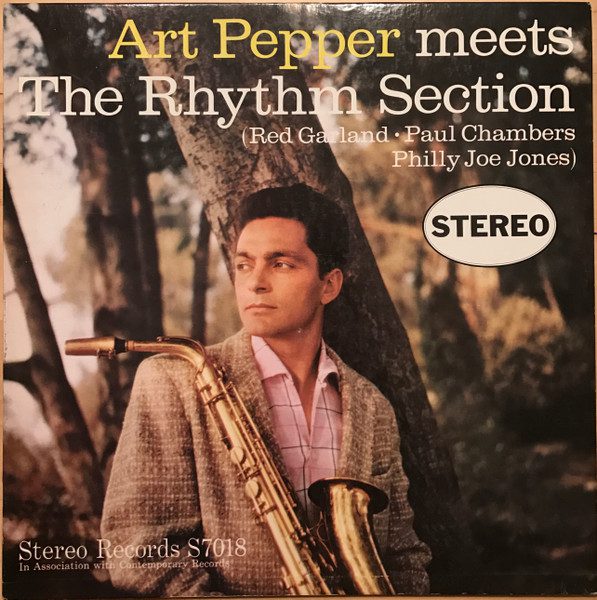
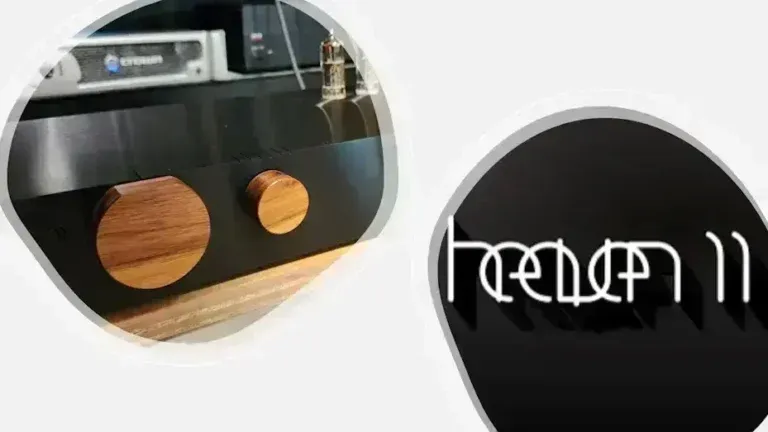
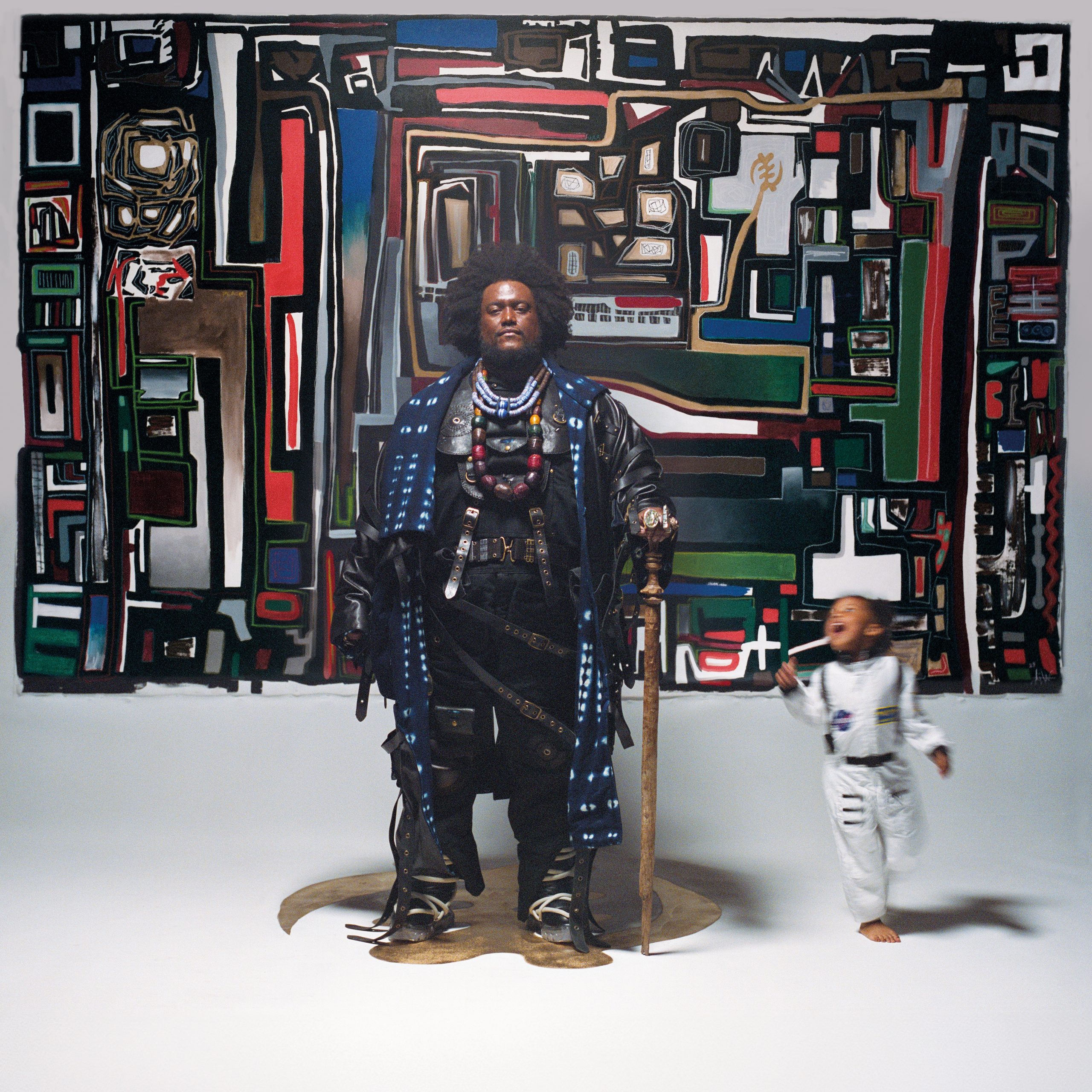
Leave a Reply